India Arab Gulf Rupee Z FULL SET 1,5,10 and 100 by PMG 35,40,35,30 Qatar
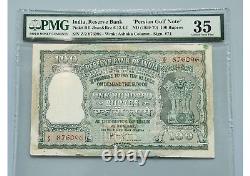
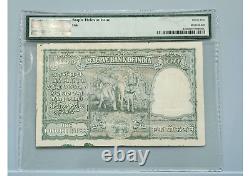
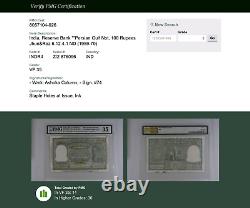

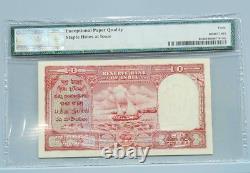
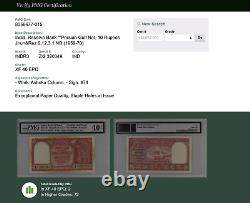
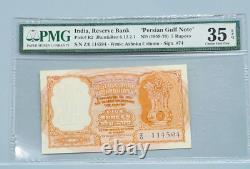
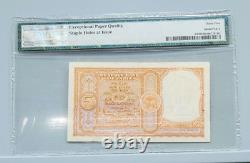
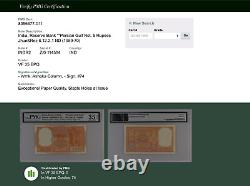
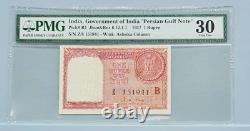

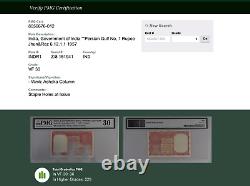

Used in the British protectorates of the Arabian Peninsula. That are around the Persian Gulf. These areas today form the countries of Kuwait.
And the United Arab Emirates. It was issued by the Government of India. And the Reserve Bank of India. And was equivalent to the Indian rupee. To the middle of the 20th century, the Indian rupee was also used as the official currency in the emirates on the eastern Arabian Peninsula, namely Kuwait. That meant, in effect, that the Indian rupee was the common currency in those territories as well as in India. The Indian rupee was pegged to the British pound.At a rate of 13. Indian rupees = 1 pound. Had complained of gold traffickers in the Gulf region whose base of operations was constantly being broadened, especially in Kuwait, Bahrain and Dubai. Towards the end of the 1950s, the volume of gold trafficking had become so large that it inevitably precipitated a serious depletion in the foreign cash reserves at the Indian Reserve Bank and was causing economic damage arising directly from the smuggling operations. As a result of the strain on India's foreign reserves, in 1959 the Indian government.
Created the Gulf rupee, initially at par with the Indian rupee. It was introduced as a replacement for the Indian rupee for circulation exclusively outside the country. Effectively, the common currency area now did not include India. On 6 June 1966, India devalued the Gulf rupee against the Indian rupee. Following the devaluation, several of the states still using the Gulf rupee adopted their own currencies. Had adopted the Kuwaiti dinar. In 1961, pegged to the Indian rupee, which was still pegged to the pound sterling. In 1965, at the rate of 1 dinar = 10 rupees. And most of the Trucial States. (after 1971, United Arab Emirates) adopted the Qatar and Dubai riyal. Which was equal to the Gulf rupee prior to its devaluation, effectively the Indian rupee value. Used the Bahraini dinar until 1973. Continued to use the Gulf rupee until 1970, with the government backing the currency at its old peg to the pound, when it adopted the Omani rial. Notes were issued in denominations of 1 rupee by the Indian government and 5, 10 and 100 rupees by the Reserve Bank of India. The notes were in designs very similar to the standard Indian notes but were printed in different colours. While the 1 rupee and 10 rupee notes were printed in red, the 5 rupee notes were printed in orange and the 100 rupee notes were printed in green.The serial numbers of the banknotes issued in all denominations were prefixed by a Z.

